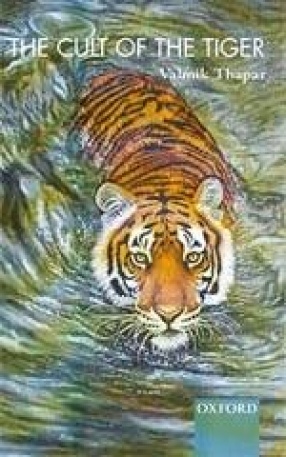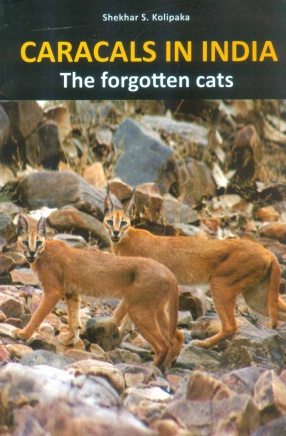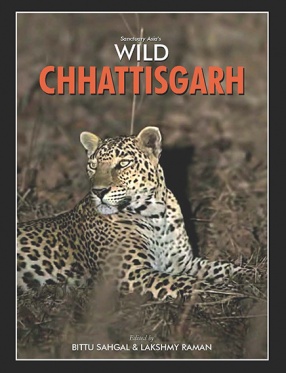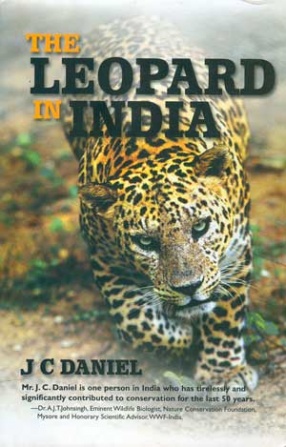The Last Tiger: Struggling for Survival
Synopsis
The Last Tiger is the story of the crisis of the tiger, hunted form times immemorial. The author journeys through 7000 years of history about the killing of the tiger and brings the reader to the present context of what is, in the author's words, a 'terminal tiger crisis.' Where do we go from here? Will there be a miracle that saves the tiger? Can the government act in time? Will the enormous illegal trade in tiger skins that is rampant in Tibet be stopped? This book comes at the heels of the recent tragedies of extinction of local tiger populations at Sariska Tiger Reserve and even smaller sanctuaries like Palpurkuno and Rani Durgawati, and the submission of the report of the Tiger Task Force constituted by the Prime Minister of India to deal with this crisis. The author pleads passionately for immediate and drastic action. Thapar fears that the issues of tribal land allocation and other inequities have diluted the mission focus, and that the recent tribal bill will even hamper all efforts to save the tiger, since tribal populations in and around national parks are involved in most cases of poaching. This lies at the core of Thapar's disagreement with the Task Force Report. The use of tiger skins in Tibetan costumes has created a huge surge in demand, and hence, in poaching. Vivid colour plates depict the glory of the tiger, and at the same time, its grotesque renditions as skins for sale. This book traces the history of the crises concerning the tiger and its survival in India, and the conservation efforts to battle them from the nineteenth century right up to the present crisis. The book also contains annexures with correspondence between the author and the Prime Minister's Office, and includes a note of dissent to the report submitted by the Task Force. The note outlines Thapar's plan of action to ensure the long-term survival of tigers, with detailed policy prescriptions. But the author is convinced of the need to declare inviolate protected areas, and to seal off the country's national parks forthwith form all human intrusion, since the parks form only a very small percentage of India's land. This would be a tiny price to pay for conserving an invaluable and irreplaceable national heritage. This passionate and absorbing book is an indispensable resource for conservationists, animal lovers, journalists, policymakers, and the international reading audience. It aims to increase awareness around the world so that more people can engage in the battle to save India's national animal.
Read more
38.70
34.83
$
43.00 $
Free delivery Wolrdwidе in 10-18 days
Ships in 1-2 days from New Delhi
Membership for 1 Year $35.00
Get it now and save 10%
Get it now and save 10%
BECOME A MEMBER











Bibliographic information
Tags